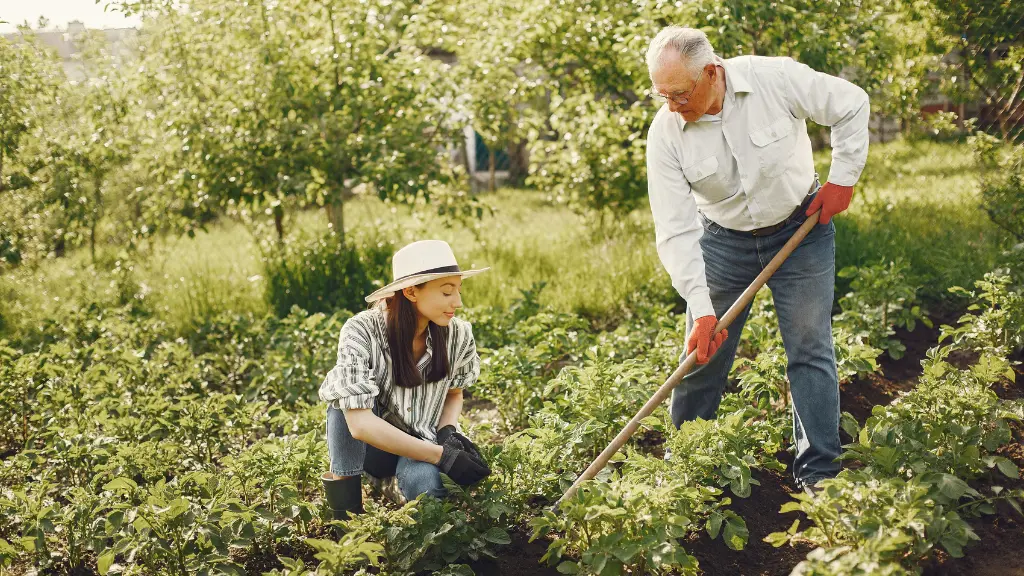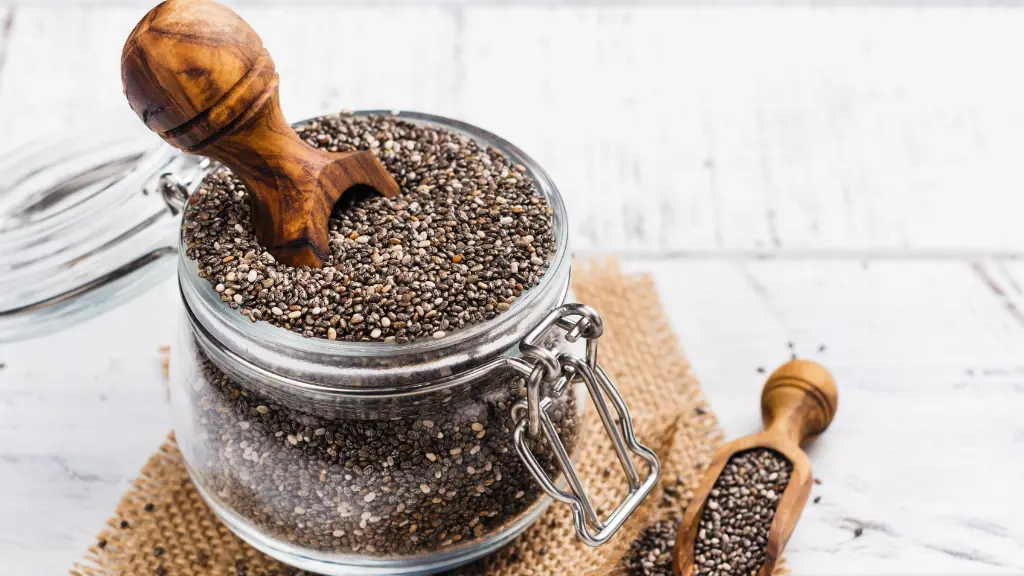Gardening and yard work aren’t just chores; they can be fantastic ways to stay active and improve overall health. From digging and planting to mowing and weeding, every action contributes to a healthier lifestyle. With the added benefit of beautifying your outdoor space, these activities combine fitness and purpose.
In this guide, we’ll explore how gardening and yard work can serve as effective exercise, their mental health benefits, and tips to get started.
You May Also Like: Explore How Power Naps Improve Energy, Focus, and Productivity.
1. Gardening and Yard Work as Exercise
1.1 A Full-Body Workout
Gardening engages multiple muscle groups. Here’s how:
- Digging and Shoveling: Works your arms, shoulders, and core.
- Pulling Weeds: Strengthens your back and arms.
- Mowing the Lawn: A brisk walk while pushing the mower provides cardio exercise.
- Raking Leaves: Tones your arms and shoulders while engaging your core.
1.2 Burns Calories
Depending on the task, you can burn between 200-400 calories per hour. Activities like heavy digging or trimming hedges with manual tools increase calorie burn.
1.3 Improves Flexibility
Reaching, bending, and twisting to tend to plants or clean up the yard enhances your range of motion and flexibility.
2. Mental Health Benefits
2.1 Reduces Stress
Spending time outdoors and connecting with nature lowers cortisol levels, the hormone responsible for stress. The rhythmic movements of gardening tasks also create a calming effect.
2.2 Boosts Mood
Gardening exposes you to sunlight, a natural source of vitamin D, which is essential for mental well-being.
2.3 Encourages Mindfulness
Focusing on nurturing plants or landscaping your yard keeps you present, reducing anxiety and improving mental clarity.
2.4 Combats Depression
Research shows that exposure to soil microbes may stimulate serotonin production, a natural antidepressant.
3. Environmental and Community Benefits
3.1 Improves Air Quality
Plants absorb carbon dioxide and release oxygen. Trees and shrubs also filter pollutants, contributing to cleaner air.
3.2 Supports Pollinators
Gardens with diverse plants provide habitats for bees, butterflies, and birds, supporting local ecosystems.
3.3 Builds Community
Sharing your garden’s produce or participating in local gardening groups fosters community bonds and a sense of accomplishment.
4. Getting Started: Tips for Effective Yard Work Exercise
4.1 Warm Up First
Just like any workout, warming up is essential. Simple stretches can prepare your muscles and reduce injury risk.
4.2 Use Proper Tools
Invest in ergonomic gardening tools. They reduce strain on your body and make tasks easier.
4.3 Practice Good Posture
Bend at the knees, not the waist, when lifting heavy objects. Keep your back straight to avoid injury.
4.4 Stay Hydrated
Drink water frequently, especially on hot days.
4.5 Mix It Up
Alternate between tasks to work different muscle groups and avoid fatigue. For example, spend 15 minutes digging, followed by weeding or raking.
4.6 Make It a Family Activity
Get kids or family members involved. It’s a great way to bond while staying active.
5. Advanced Gardening for Fitness Enthusiasts
5.1 Build a Raised Bed Garden
Constructing raised beds involves lifting, hammering, and moving materials, providing an extra challenge.
5.2 Composting
Turning a compost pile can be a vigorous workout, engaging your core and arms.
5.3 Landscape Redesign
Moving stones, planting trees, or creating a patio layout can offer a mix of cardio and strength-building exercise.
6. Incorporating Technology for Better Results
6.1 Fitness Trackers
Wear a fitness tracker to monitor steps, heart rate, and calories burned during yard work.
6.2 Gardening Apps
Use apps to plan your garden layout or identify plant care requirements. This keeps you motivated and organized.
7. Real-Life Success Stories
Many people have transformed their health through gardening:
- A retiree in Michigan lost 20 pounds by dedicating an hour a day to yard work.
- A young mom in California overcame postpartum depression by creating a flower garden.
- A couple in Texas improved their cardiovascular health by regularly maintaining a large vegetable garden.
8. Safety First: Avoiding Injuries
8.1 Take Breaks
Rest every 30 minutes to avoid overexertion.
8.2 Wear Protective Gear
Gloves, sunscreen, and sturdy footwear are essential.
8.3 Be Mindful of Allergies
Know which plants or pollens trigger allergies and plan accordingly.
9. Year-Round Gardening and Yard Work
Spring
Prepare soil, plant seeds, and clean up after winter.
Summer
Water plants, mow the lawn, and tend to flowers.
Fall
Rake leaves, prune trees, and plant bulbs for the next season.
Winter
Shovel snow, mulch beds, and plan for spring gardening.
Conclusion
Gardening and yard work offer more than just aesthetic and environmental benefits. They provide a meaningful way to stay active, improve mental health, and connect with nature. Whether you’re pulling weeds or planting flowers, every task contributes to your physical and emotional well-being.
So grab your gloves, get outside, and let your yard work double as your next workout session. Share your gardening journey with the hashtags #GardeningLife and #FitnessWithPurpose!












[…] You May Also Like: Learn How Gardening and Yard Work Double as Exercise […]